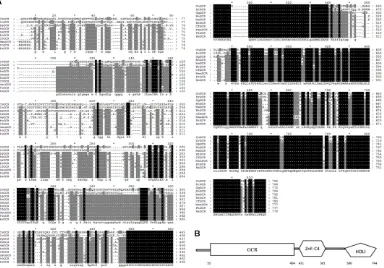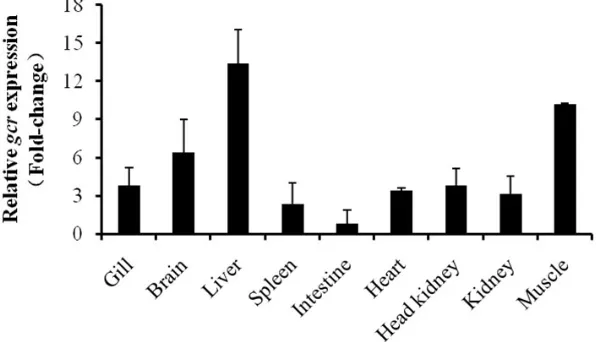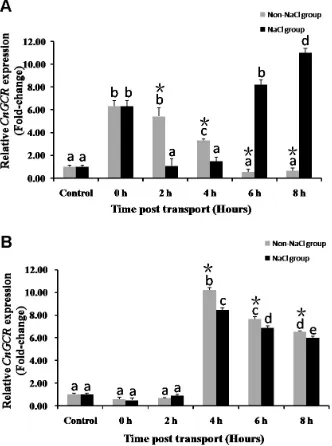Molecular cloning and differential expression of the glucocorticoid receptorgene in the estuarine tapertail anchovy Coilia nasus.
Full text
Figure




Related documents
Results suggest that the probability of under-educated employment is higher among low skilled recent migrants and that the over-education risk is higher among high skilled
19% serve a county. Fourteen per cent of the centers provide service for adjoining states in addition to the states in which they are located; usually these adjoining states have
Field experiments were conducted at Ebonyi State University Research Farm during 2009 and 2010 farming seasons to evaluate the effect of intercropping maize with
Keywords: Laboratory Safety, Universal Precautions, OSHA, Laboratory hazards, First aid... They insisted
/ L, and a different adsorbent mass, is shown in Figure 5. The results obtained show that the removal rate increases quickly at first, until a time of 60 min, and
reported the first published case of an adult toxic epidermal necrolysis patient with ureteropelvic mu- cosa damage, haematuria, extensive ureteral mucosal sloughing, and acute
It was decided that with the presence of such significant red flag signs that she should undergo advanced imaging, in this case an MRI, that revealed an underlying malignancy, which
The total coliform count from this study range between 25cfu/100ml in Joju and too numerous to count (TNTC) in Oju-Ore, Sango, Okede and Ijamido HH water samples as

